
|
|
|
|
|
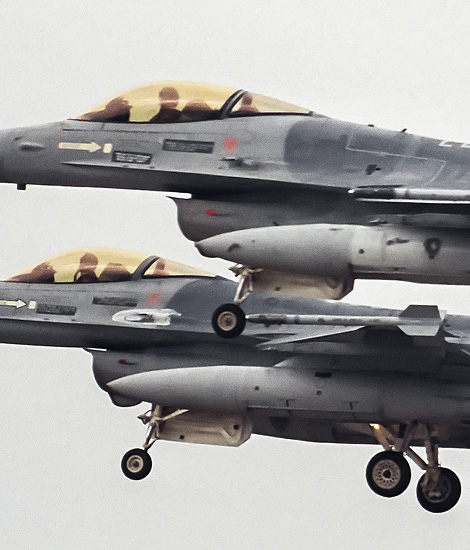
|
The Development of the TLP; Florennes, March 7, 2000
The Tactical Leadership Program, part 1; Text and Photograph's by Alex van Noye
Nowadays the TLP is one of the most important leadership courses in Europe. Ten NATO countries are currently involved in the TLP program at Florennes in Belgium. The purpose of the TLP is to allow the countries to operate in a large multinational cooperation with many aircraft with the emphasis on leadership.
The history of the Tactical Leadership Program (TLP) goes back to the highlight days of the Cold War period. There were many countries active in the airspace in West Germany which were all ready to avert an attack from the East of the Soviet Union. The European countries, together with the United States Air Force, had to stand ready to act jointly to defend Western interests, supported by NATO, when asked for it. The Tactical Leadership Program of the Allied Air Forces Central Europe (AAFCE) was born out of a desire of the cooperating air forces which act as one force. The air forces from the central region of Europe not only wanted to improve their tactical capabilities, but also the tactics, techniques and procedures. The countries would develop these skills together into useful multinational tactical skills and procedures. In January 1978, to develop these skills, the AAFCE TLP was established at the German air force base Fürstenfeldbruck. The countries that entered this program, were; Belgium, Canada, West Germany, Great Britain, the Netherlands and the United States. The first TLP courses which were held just after the establishment mainly took the form of a two-week seminar. During these trainings, aircraft crews from the partner countries involved were trained in NATO tactics, and individual techniques and procedures were discussed and reformulated. During these courses, the first small steps were taken towards a fully integrated international air force.
In September 1979, the TLP moved to Jever Air Base in northern Germany. A flight phase was added to the course for the first time at this air base. The training was extended to four weeks with this introduction. The TLP eventually remained stationed at Jever until December 1988. At that time, 71 flying courses were held in which over 2000 NATO crew members had been trained and graduated. In 1988, the West German government requested the TLP to leave the country for three different reasons. The first reason was that the increase in the number of slots and sorties flown
|
|
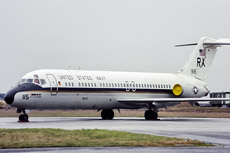
|
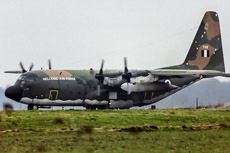
|
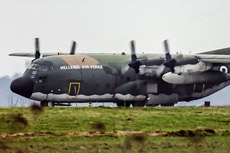
|
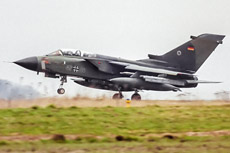
|
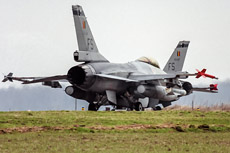
|
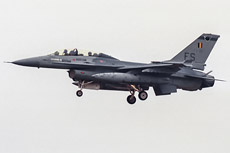
|
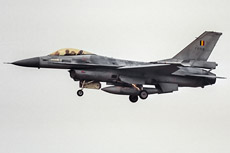
|
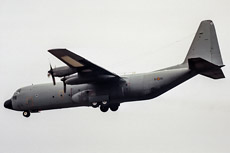
|
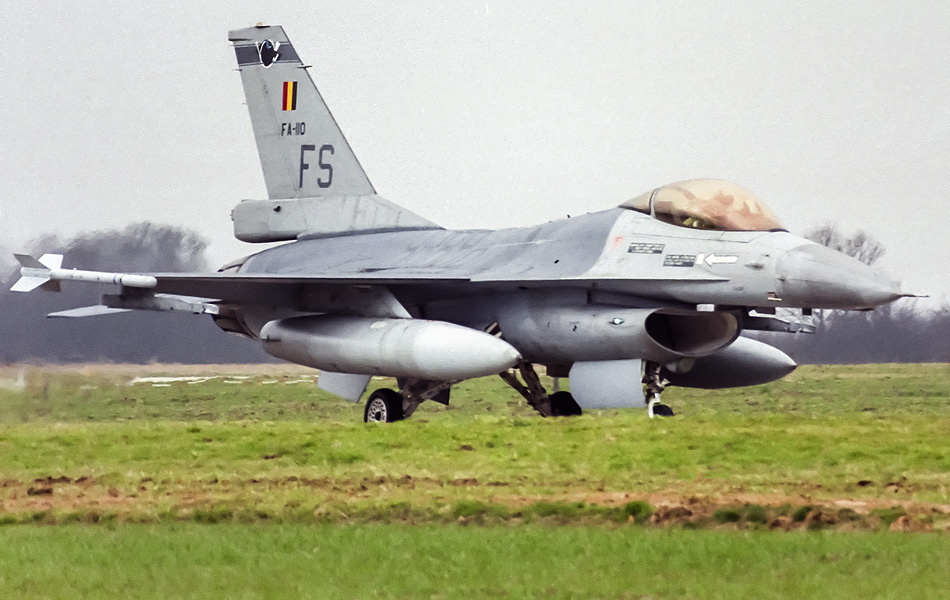
|
by the TLP participants led to an increase in noise around Jever and the various low-flying areas. The second reason was that there was too little space in the German low flying areas due to the presence of Allied air forces that were located in West Germany. The last reason was the planned introduction of the Tornado ECR at Jever. The real reason for the request for departure could have been a strong political pressure on the West German government by public opinion and the media. This would have been caused by the deadly air accident during an air show at Ramstein Air Base in August 1988. After the announced departure from Jever, the TLP soon found a new home base at Florennes in Belgium. This airfield of the Belgian Air Force had become available after the departure of the USAF 485th Tactical Missile Wing. The central location of Florennes in Europe also ensured that missions could easily be carried out in the airspace of Belgium, Germany, the Netherlands, the United Kingdom and France. In this way, these countries could share the noise taxes.
The TLP would soon move to the new location Florennes at the end of 1989. The first TLP flying course was held at Florennes in January 1990. The switch to the Belgian Florennes was also in line with the expansion of the possibilities of the TLP. The TLP was expanded considerably by the building of two more additional separate compartments. The two compartments were the Branches Concepts & Doctrines and the Academic Branch. The purpose of Concepts & Doctrines Industry can be described as the development and teaching of the theoretical background for tactical air operations. The Flying Branch is responsible for the conversion of the theoretical knowledge gained from the Academic Branch into practical skills of the tactical pilots within NATO. Another change in the move to Florennes was that a French liaison officer joined the TLP staff. Nowadays France also participates in most flying courses. On the other hand, Canada withdrew from the program after the dissolution of its air forces in Germany in 1997. The Tactical Leadership Program is now an organization formed under a Memorandum of Understanding between 10 NATO countries. The TLP is not part of the NATO structure, but is linked to NATO via a Letter of Agreement with the NATO HQ AC Ramstein. In addition to the existing partner countries, countries such as Denmark, Greece, Italy and Spain would later join the TLP. In total, the current TLP organization currently consists of ten participating countries. All these countries structurally send combat aircraft participants to the training to train leadership skills.
The main mission of the TLP program is to increase the effectiveness of the Allied Air Force by developing some technical skills. The most important skills that are trained are the leadership skills. These skills can vary from leading a 2 ship formation or a four ship formation to steering an entire section during a mission. The experience of the participating pilot determines how this is used and trained in the total picture. Another important aspect that emphasizes is the training of the mission planning and the accompanying briefings in tactical air operations. In this part of the training the emphasis is on applying concepts and doctrines developed by NATO in a practical lesson during the Flying Course. This entire mission is achieved by working together on the different tasks. These tasks include the training of NATO flight personnel in the planning and execution of Composite Air Operations (COMAO) and training of NATO flying and non-flying personnel in all personnel files related to this COMAO. A TLP course starts with a piece of academic training. Later during the Flying Course, the lessons learned are practiced in real scenarios. The idea is to learn with each other and from each other. The TLP course now takes four weeks. The scenarios begin easily and will be gradually increased to complex COMAO scenarios. The leadership skills shown are the key to success in these practice missions.
|
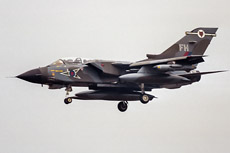
|
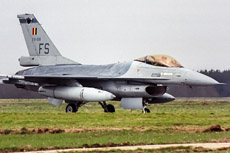
|
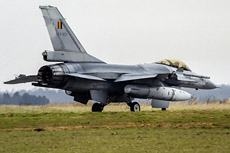
|
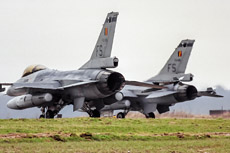
|
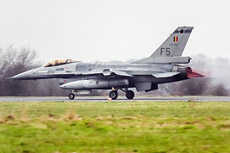
|
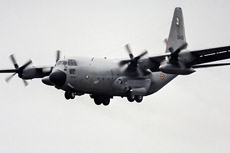
|
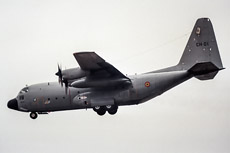
|
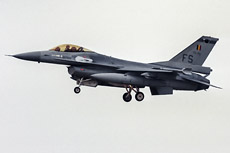
|
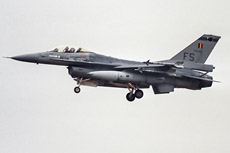
|
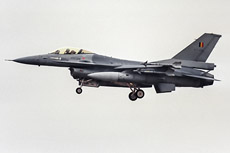
|
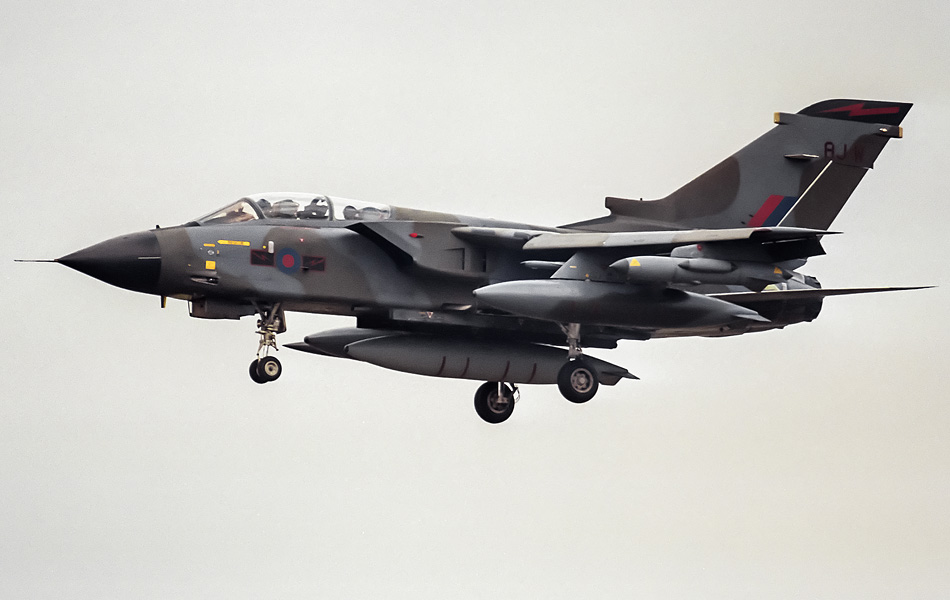
|
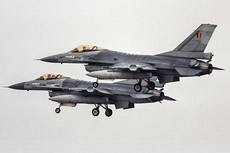
|
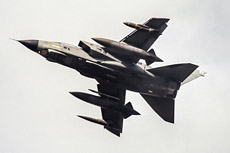
|
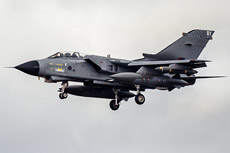
|
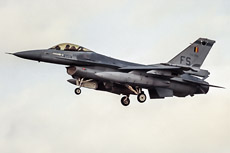
|
|
|

|







